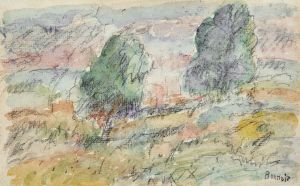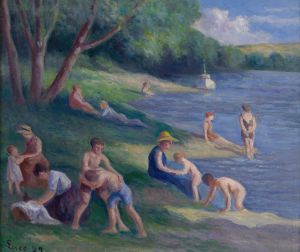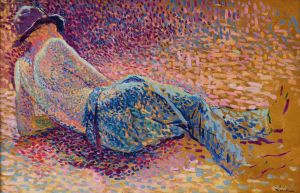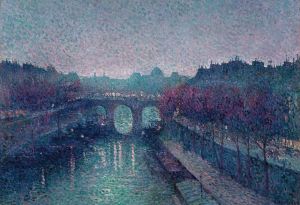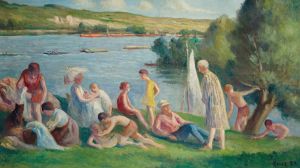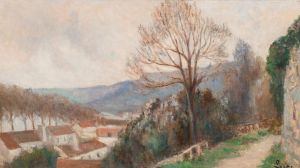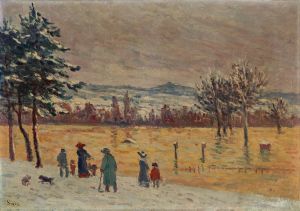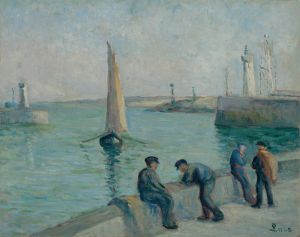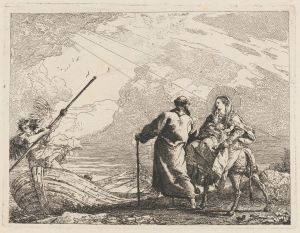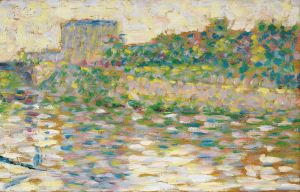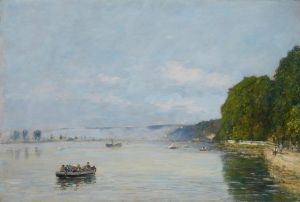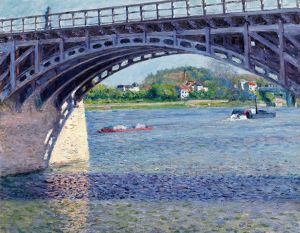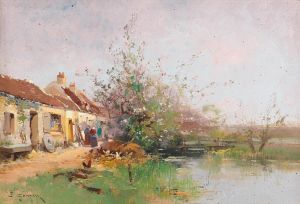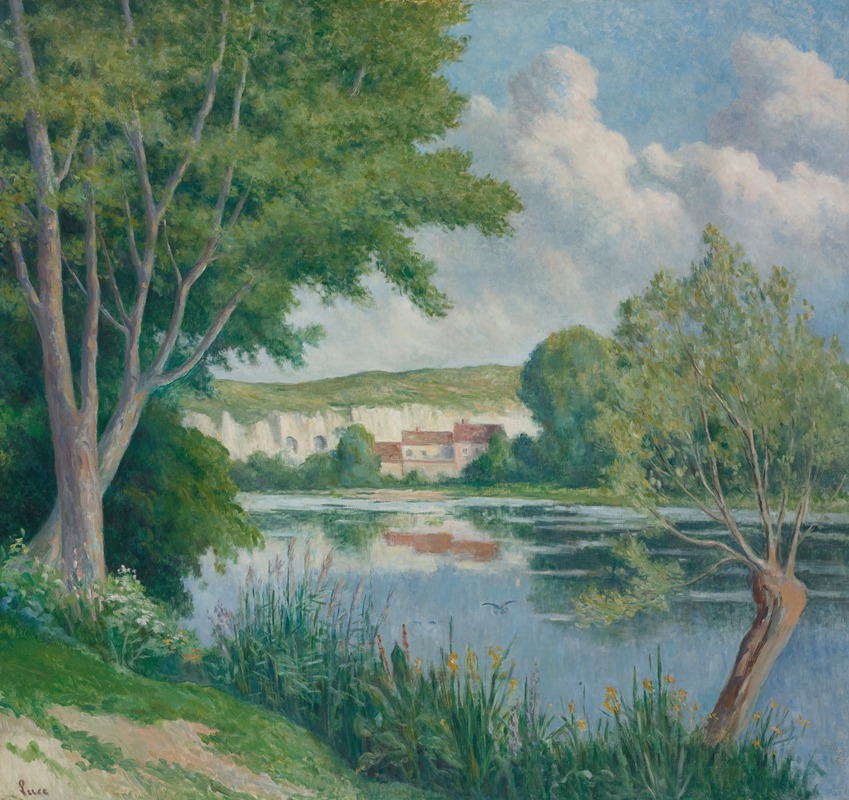
Bord De Seine
A hand-painted replica of Maximilien Luce’s masterpiece Bord De Seine, meticulously crafted by professional artists to capture the true essence of the original. Each piece is created with museum-quality canvas and rare mineral pigments, carefully painted by experienced artists with delicate brushstrokes and rich, layered colors to perfectly recreate the texture of the original artwork. Unlike machine-printed reproductions, this hand-painted version brings the painting to life, infused with the artist’s emotions and skill in every stroke. Whether for personal collection or home decoration, it instantly elevates the artistic atmosphere of any space.
Maximilien Luce was a prominent French Neo-Impressionist artist known for his paintings, illustrations, and engravings. Born on March 13, 1858, in Paris, Luce was initially trained as an engraver before he turned to painting. He became associated with the Neo-Impressionist movement, which was characterized by the use of pointillism—a technique involving the application of small, distinct dots of color to form an image. This movement was pioneered by Georges Seurat and Paul Signac, and Luce became one of its notable practitioners.
"Bord de Seine" is one of Luce's works that exemplifies his mastery of the Neo-Impressionist style. The title translates to "Banks of the Seine," indicating the painting's subject matter: the scenic views along the Seine River, which flows through the heart of Paris and is a frequent subject in French art due to its picturesque landscapes and the vibrant life along its banks.
Luce's "Bord de Seine" captures the tranquil beauty of the river and its surroundings. The painting likely features the characteristic dappled light and vibrant colors typical of Neo-Impressionism, achieved through the meticulous application of paint in small dots and strokes. This technique allows the colors to visually blend from a distance, creating a luminous effect that captures the changing light and atmosphere of the scene.
Throughout his career, Luce was deeply influenced by the social and political climate of his time. He was known for his anarchist views, which often informed his artistic choices. While "Bord de Seine" is primarily a landscape painting, Luce's broader body of work frequently included scenes of everyday life and labor, reflecting his interest in the lives of ordinary people and the social issues of his era.
Luce's dedication to capturing the essence of his subjects with both technical skill and emotional depth earned him a respected place in the art world. His works are celebrated for their vibrant color palettes and dynamic compositions, which convey both the beauty of the natural world and the complexities of human experience.
The Seine River itself has been a source of inspiration for countless artists over the centuries, serving as a backdrop for both urban and rural scenes. In Luce's time, the river was a bustling hub of activity, with boats, bridges, and riverside promenades providing endless material for artistic exploration. "Bord de Seine" likely reflects this dynamic environment, capturing a moment in time along the river's edge.
Maximilien Luce continued to paint and exhibit his work throughout his life, contributing significantly to the Neo-Impressionist movement. He passed away on February 6, 1941, leaving behind a rich legacy of art that continues to be studied and admired. His paintings, including "Bord de Seine," are held in various public and private collections, where they continue to be appreciated for their technical brilliance and evocative portrayal of the world.





